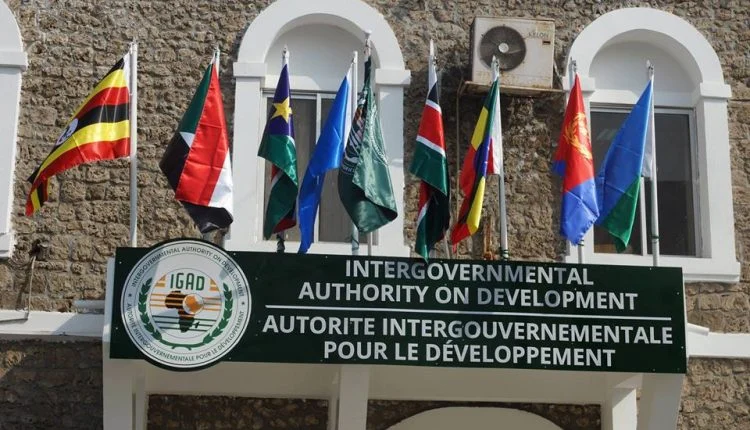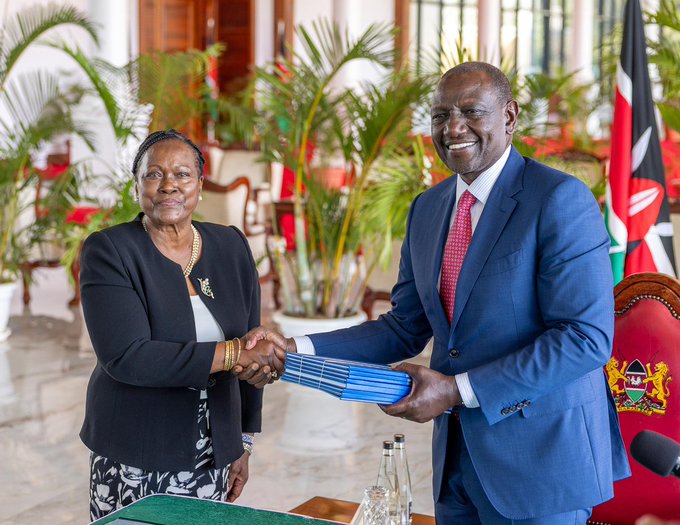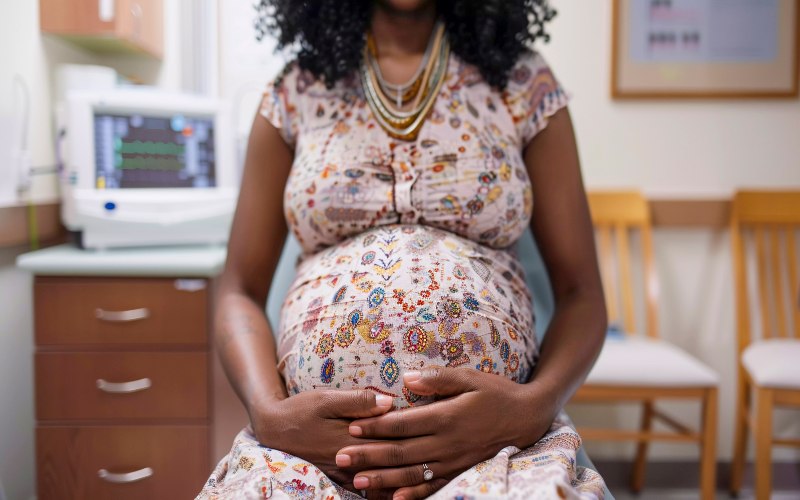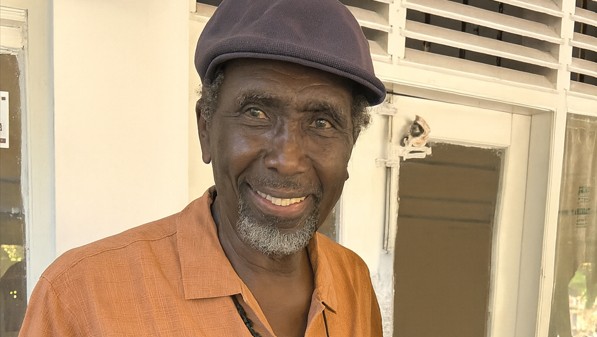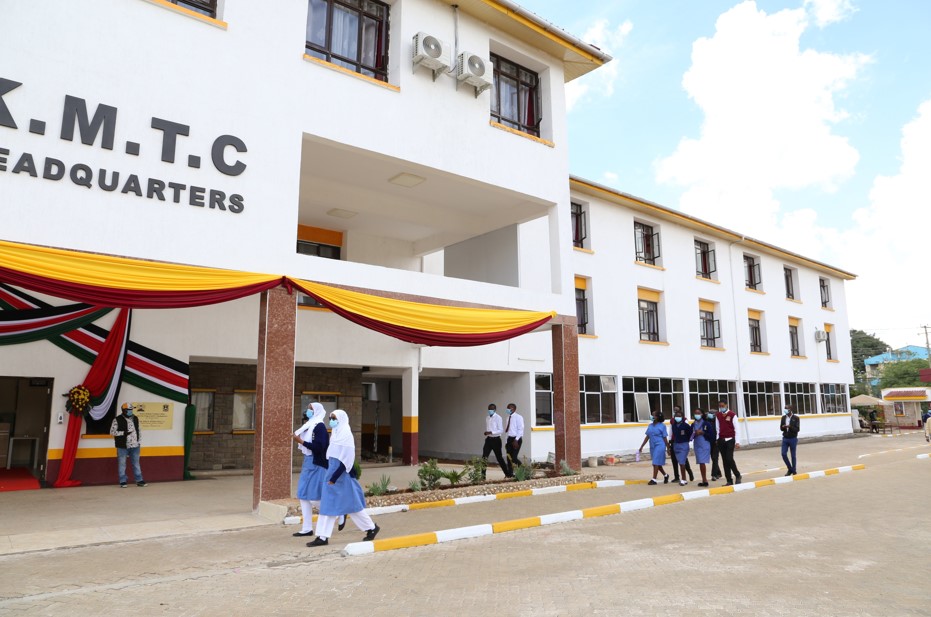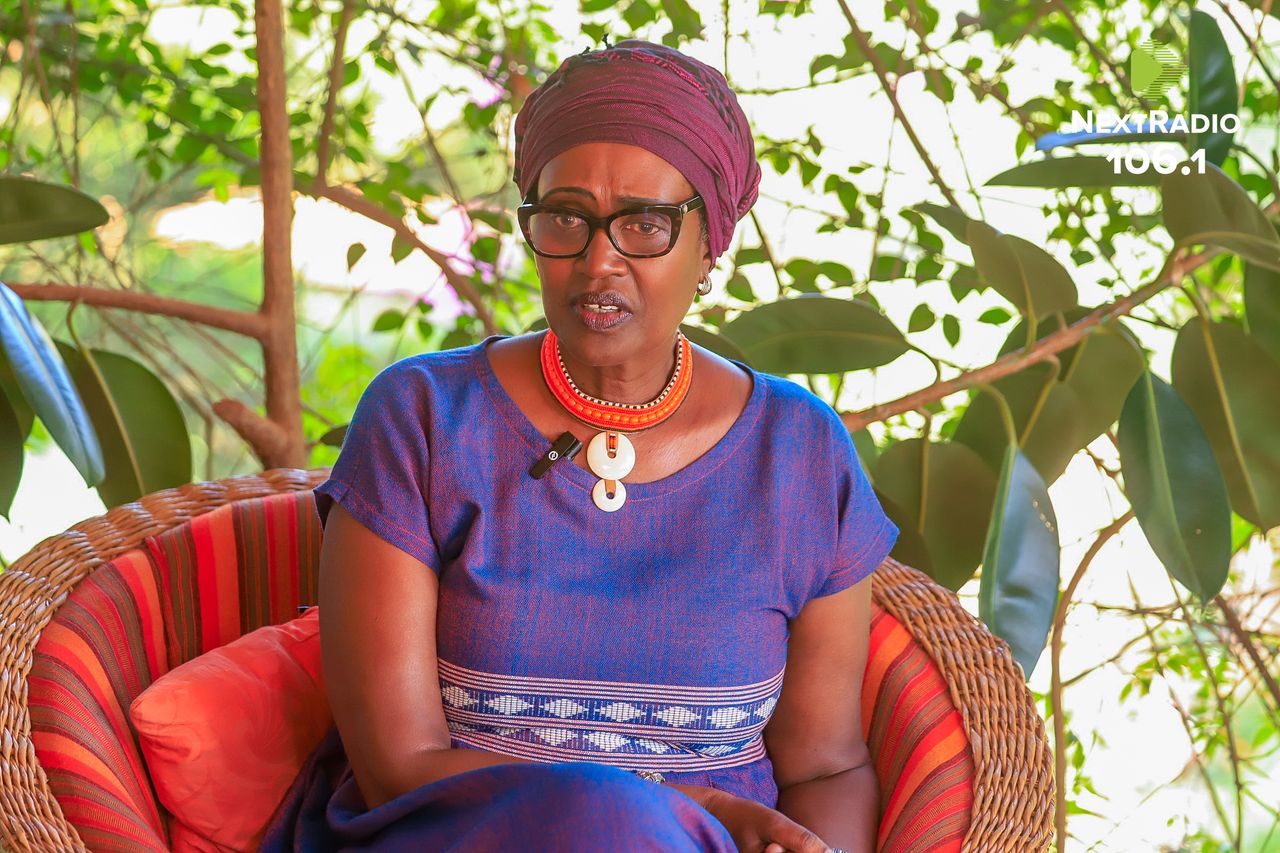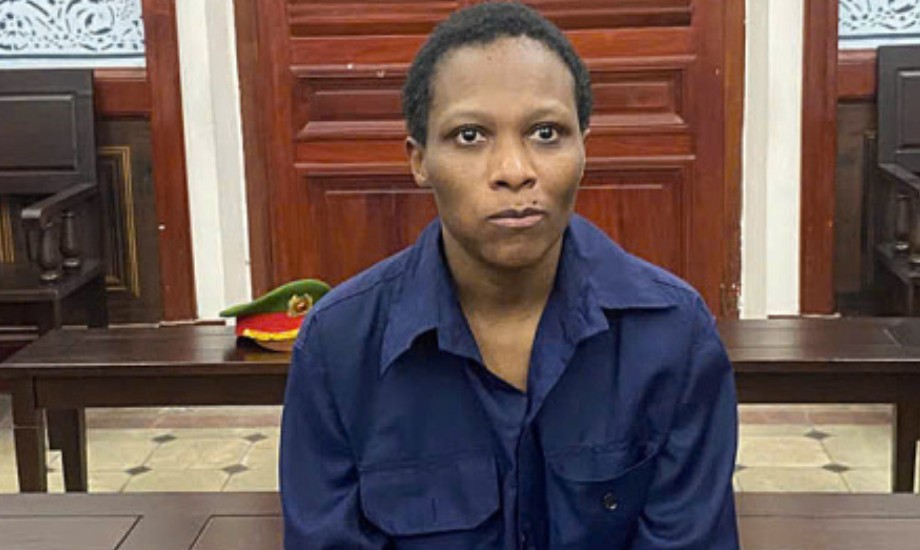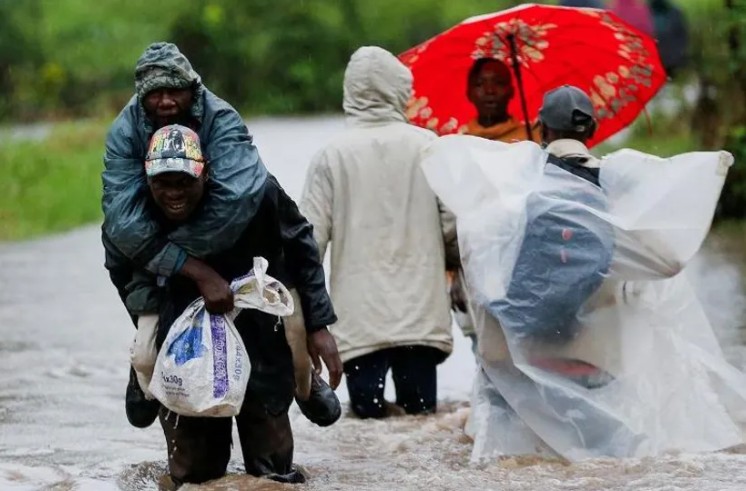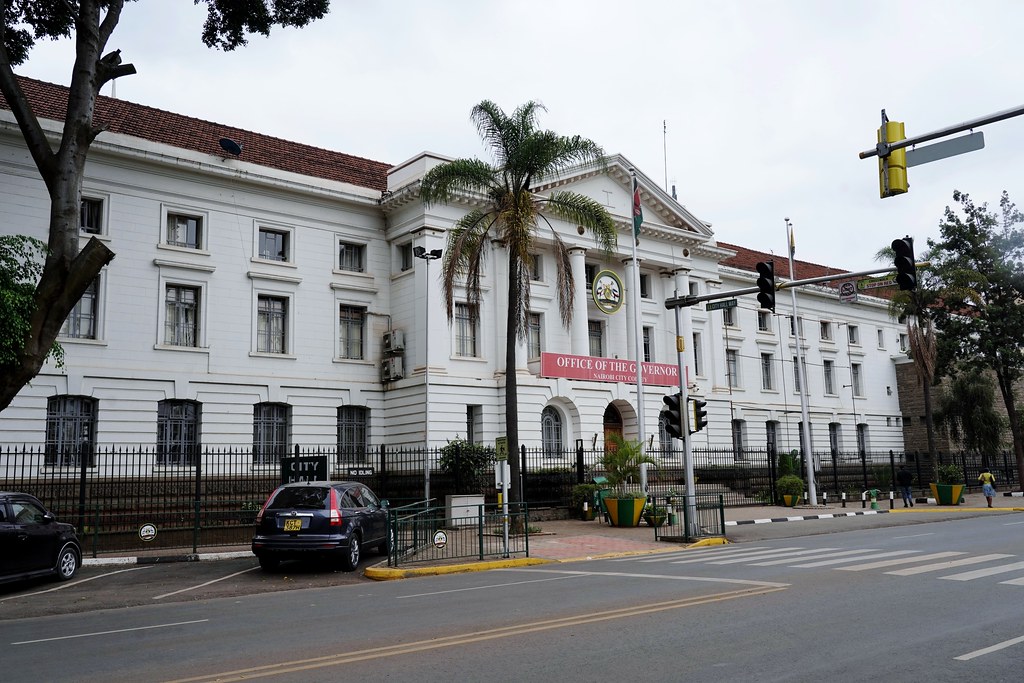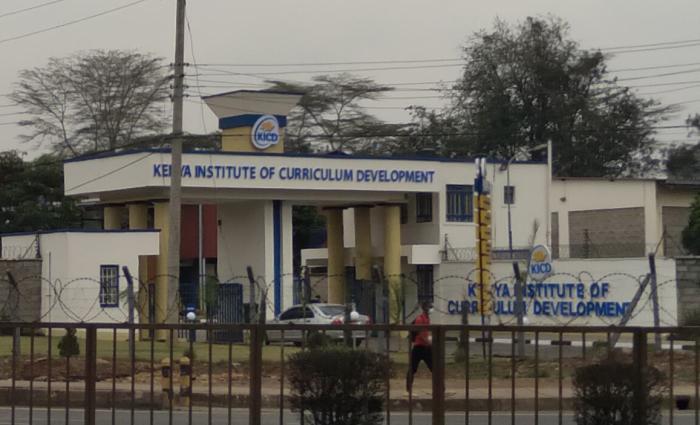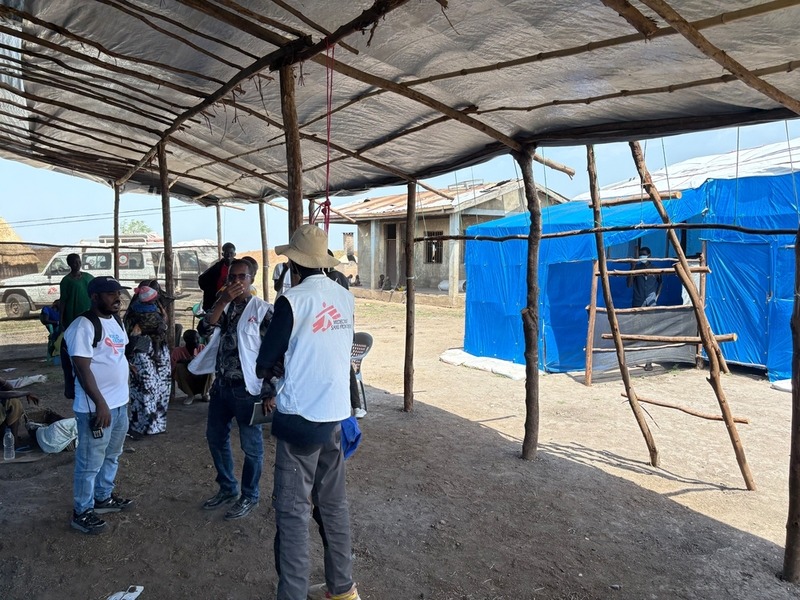Born too soon: The crisis of premature births in Kenya
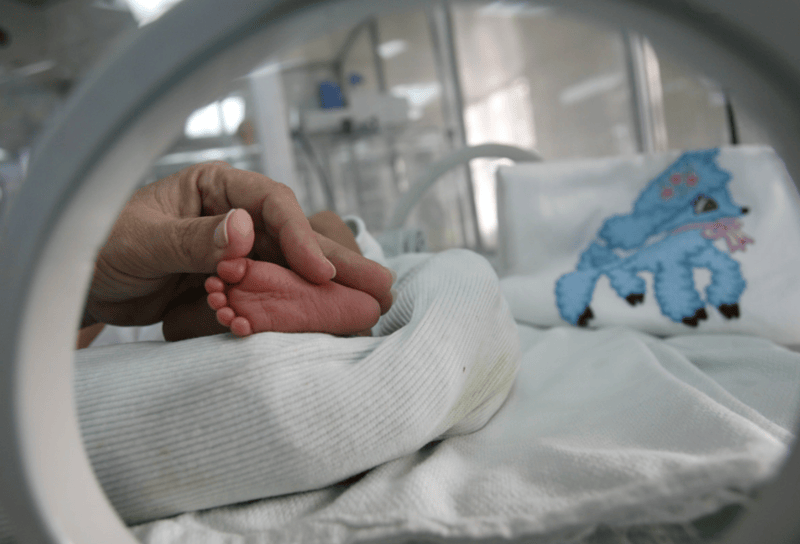
The rising cases of preterm births are becoming a major global health concern, with devastating consequences for newborns and their families.
At just 32 weeks pregnant, Nancy Winam went into early labour. Her blood pressure spiked dangerously, and her diabetes only made things worse. Doctors had no choice but to perform an emergency caesarean section.
When her baby was born, he was fragile and underweight, his tiny lungs too weak to function on their own. He was immediately placed in the nursery, hooked up to machines that worked tirelessly to keep him alive.
More To Read
- Severe nausea, vomiting in pregnancy linked to major physical and mental health risks
- WHO review finds no link between childhood vaccines and autism
- Maternal and newborn health in crisis as millions born in conflict zones, Save the Children warns
- Traditional medicine is now a global reality: WHO
- WHO warns tobacco use threatens fertility in men, women
- Malaria: Drug resistance and underfunding threaten progress towards eliminating killer disease
What should have been a moment of joy quickly turned into an agonising ordeal. Winam's body, already weakened by pregnancy complications, refused to heal. Her appetite faded, making it difficult to follow the strict diet and medication required for her recovery. Each passing day drained her, both physically and emotionally.
“Just when I thought my situation was improving, my baby’s health took a turn for the worse. I longed to hold him close, to hold him in my arms and breastfeed him, but that simple act of motherhood remained out of reach. Instead, I could only watch him from behind the glass of the nursery.”
Her battle was far from over. The surgical incision refused to heal, leaving her with an open wound that made everything more terrifying. She hesitated to go too close, fearing that even the smallest contact could put her fragile baby at risk of infection. Helpless and heartbroken, all she could do was wait, hoping they would heal.
But her body continued to fail her. She was losing weight at an alarming rate, and her milk supply dwindled too, to almost nothing. The reality of having to rely on baby formula sank in, a decision she had desperately hoped to avoid.
“I had longed to breastfeed my baby, but my body wouldn’t allow it. Diabetes and weight loss made it nearly impossible. And the formula was so expensive on top of my medication costs; it felt like an unbearable burden.”
After nearly a month in the hospital, Winam and her baby were finally discharged. But relief never came. She was exhausted, her body frail, her skin pale and dry. Every step was painful, her cracked feet a reminder of the toll the ordeal had taken. Emotionally, she felt just as fragile. Though she had left the hospital, she knew the real battle had only just begun.
“The constant fear that my baby would develop an infection haunted me and my family day and night. Every cough, every slight change in his breathing sent waves of panic through me. The thought of not being able to care for him the way I had imagined, the way a mother should, was heartbreaking. I had to rely on others for even the simplest tasks, and that helplessness weighed heavily on me.”
On top of that, the cost of baby formula was overwhelming. It wasn’t just expensive; it felt like a financial strain we hadn’t prepared for. With every tin emptied, the reality of our new normal sank in. It took us a long time to adjust, not just emotionally but financially, as we struggled to balance medical bills, formula costs, and everyday expenses.
Rising cases
Preterm birth remains a crisis in Kenya, with approximately 193,000 babies born too soon each year—nearly 12% of all births. Tragically, 13,300 of these infants do not survive, while thousands more face lifelong health complications.
The rising cases of preterm births are becoming a major global health concern, with devastating consequences for newborns and their families.
Premature birth, defined as delivery before 37 weeks of gestation, significantly increases the risk of infant mortality, long-term health complications, and developmental delays.
The World Health Organisation (WHO) highlights that preterm birth is a leading cause of newborn deaths and long-term health complications. Babies born too soon face immediate risks such as breathing difficulties, infections, and feeding challenges, while long-term effects may include neurological disorders, developmental delays, and chronic illnesses like heart disease and diabetes.
Dr Fauziah Ali notes that preterm birth, occurring before 37 weeks of gestation, is influenced by a combination of medical, lifestyle, and environmental factors. While some cases happen spontaneously, others result from pregnancy complications requiring early intervention.
She notes that some of the risk factors include a history of previous preterm birth, which significantly increases the risk of another. Multiple pregnancies (twins, triplets) strain the uterus, making early labour more likely. Cervical insufficiency, where the cervix shortens too soon, can also trigger preterm labour.
Bacterial infections, particularly in the reproductive and urinary tracts, are a major cause of preterm labour. Conditions such as bacterial vaginosis, sexually transmitted infections (STIs), and untreated urinary tract infections (UTIs) can weaken the amniotic sac, increasing the risk of premature rupture of membranes. When bacteria spread to the uterus, they can trigger an inflammatory response, releasing prostaglandins that induce contractions and lead to early labour.
Unhealthy habits like smoking, alcohol consumption, and drug use harm foetal development and weaken the placenta, increasing preterm birth risks. Smoking reduces oxygen supply to the baby, while alcohol and drugs can lead to birth defects and developmental issues.
Poor nutrition, short birth intervals, stress, and age increase preterm labour risks. Underweight and obese mothers face complications, while teen and older pregnancies carry higher risks of hypertension and diabetes.
Dr Fauziah highlights that premature births and related complications are often linked to poorly managed non-communicable diseases during pregnancy. While the exact causes of preterm birth remain unclear, several risk factors contribute to it, like pre-eclampsia.
Pre-eclampsia, which develops after 20 weeks of pregnancy, is a complication marked by high blood pressure and organ damage, primarily affecting the liver and kidneys. Symptoms include swelling, persistent headaches, abdominal pain, and vision disturbances.
If left unmanaged, pre-eclampsia can rapidly progress, leading to restricted blood flow to the placenta. This deprives the baby of essential nutrients and oxygen, causing intrauterine growth restriction, foetal distress, and, in severe cases, preterm birth when early delivery becomes necessary.
Placental abruption, where the placenta detaches from the uterus too soon, is another potential complication that can trigger premature labour or stillbirth.
“If pre-eclampsia is left untreated, it can develop into eclampsia, a severe condition that causes seizures. These convulsions can cut off oxygen supply to the baby, leading to fetal distress and often making an emergency preterm delivery necessary.”
Additionally, eclampsia significantly raises the risk of maternal stroke, organ failure, and coma, making an urgent C-section the only viable option in many cases.
Maternal health
To reduce preterm birth rates, maternal health must be a priority. Managing conditions like diabetes and hypertension, along with maintaining a nutritious diet, plays a crucial role in ensuring a healthy pregnancy and lowering the risk of premature delivery.
In 2020, an estimated 13.4 million babies were born preterm, equating to more than 1 in 10 births. In 2019, around 900,000 children died due to complications from preterm birth. Many survivors face long-term disabilities, including learning difficulties and sensory impairments.
According to the World Health Organisation (WHO), pregnant women, newborns, children, adolescents, and older people are experiencing significant health challenges due to climate change, as highlighted in a recent collection of papers published in the Journal of Global Health.
The research indicates that climate hazards such as heat waves, air pollution, and natural disasters like wildfires and floods affect different stages of life, with women, children, and the elderly feeling the most impact. WHO notes that heat waves increase the risk of preterm births and stillbirths, major causes of childhood mortality. A slight rise in minimum daily temperatures significantly raises the risk of infant mortality.
In 2020, an estimated 13.4 million babies were born preterm, equating to more than 1 in 10 births. In 2019, around 900,000 children died due to complications from preterm birth. Many survivors face long-term disabilities, including learning difficulties and sensory impairments.
Survival rates of premature babies vary dramatically based on location. In low-income countries, more than 90 percent of extremely preterm babies (less than 28 weeks) die within the first few days of life, whereas in high-income countries, fewer than 10 per cent of these babies die.
Globally, prematurity is the leading cause of death among children under five. In low-income settings, half of the babies born at or before 32 weeks die due to insufficient access to essential care such as warmth, breastfeeding support, and basic treatment for infections and breathing issues.
Preterm birth can occur for various reasons. While many preterm births happen spontaneously, others are due to medical issues such as infections or pregnancy complications requiring early labour induction or cesarean birth
The research highlights that air pollution increases the likelihood of high blood pressure, low birth weight, and respiratory illnesses across all age groups, with children and older adults facing heightened risks of cancer, cardiovascular disease, and pneumonia.
Natural disasters like floods and droughts further worsen health outcomes by limiting access to safe water and food, increasing diseases like diarrhoea and malnutrition.
Experts stress that vulnerable groups, including infants, older adults, and pregnant women, face additional challenges from climate-related displacements and disruptions. These include difficulties in accessing healthcare and increased susceptibility to diseases due to weakened immune systems or poor temperature regulation.
Kenya continues to grapple with major challenges due to climate change, which affects health, agriculture, infrastructure, and the environment. The country experiences extreme heat and devastating floods that claimed over 300 lives and displaced thousands in 2024.
Top Stories Today
